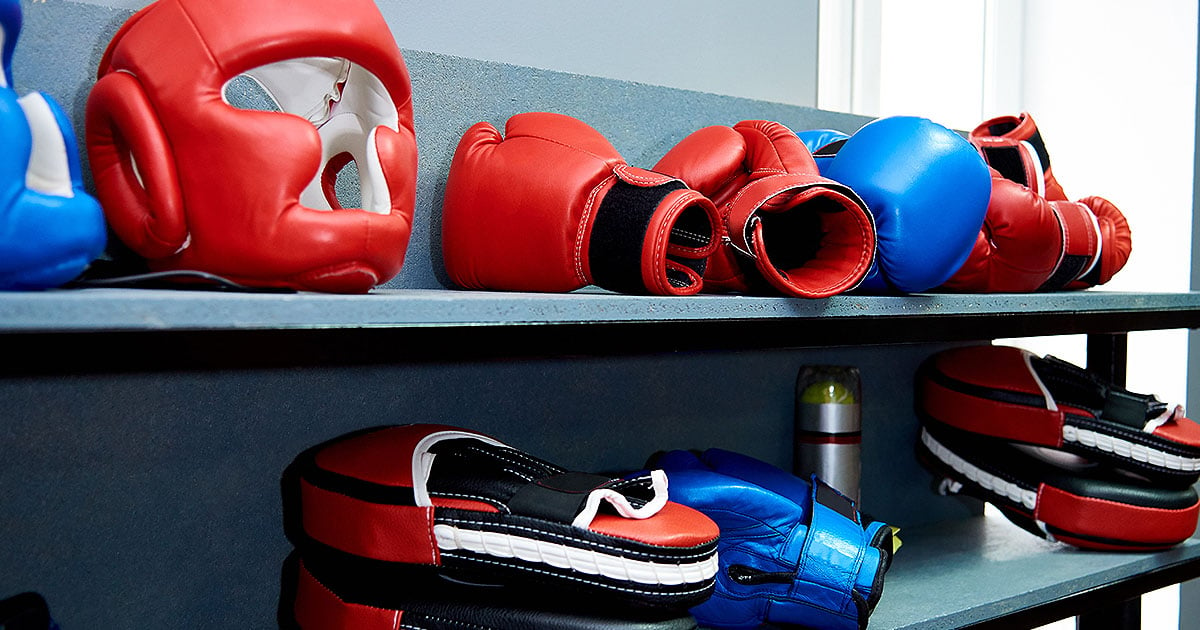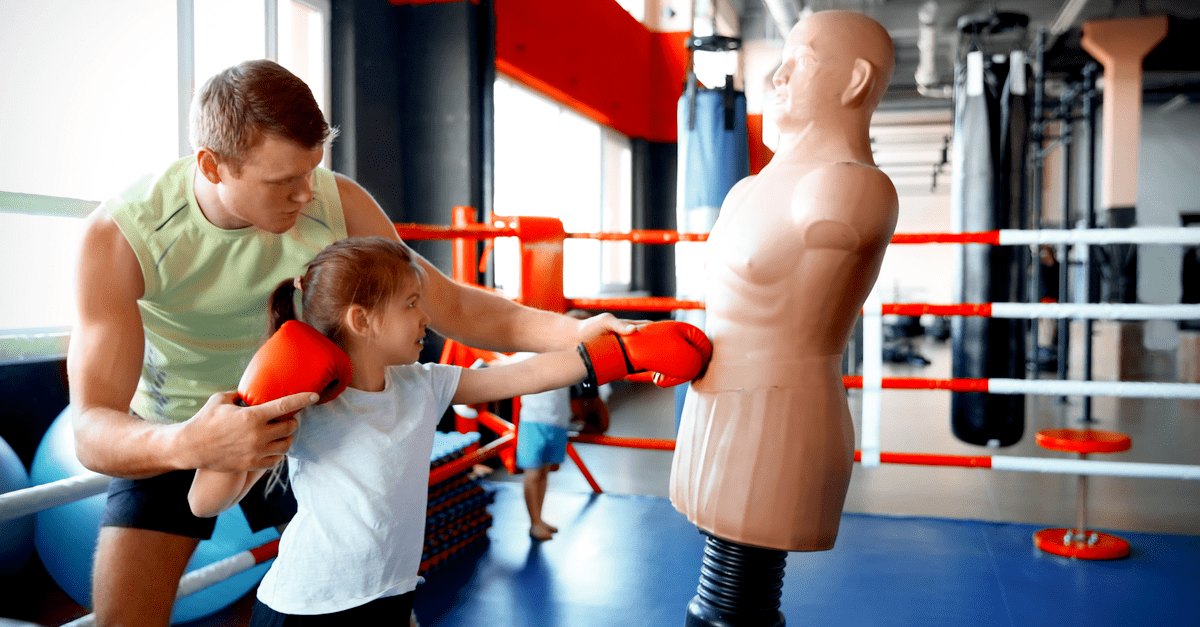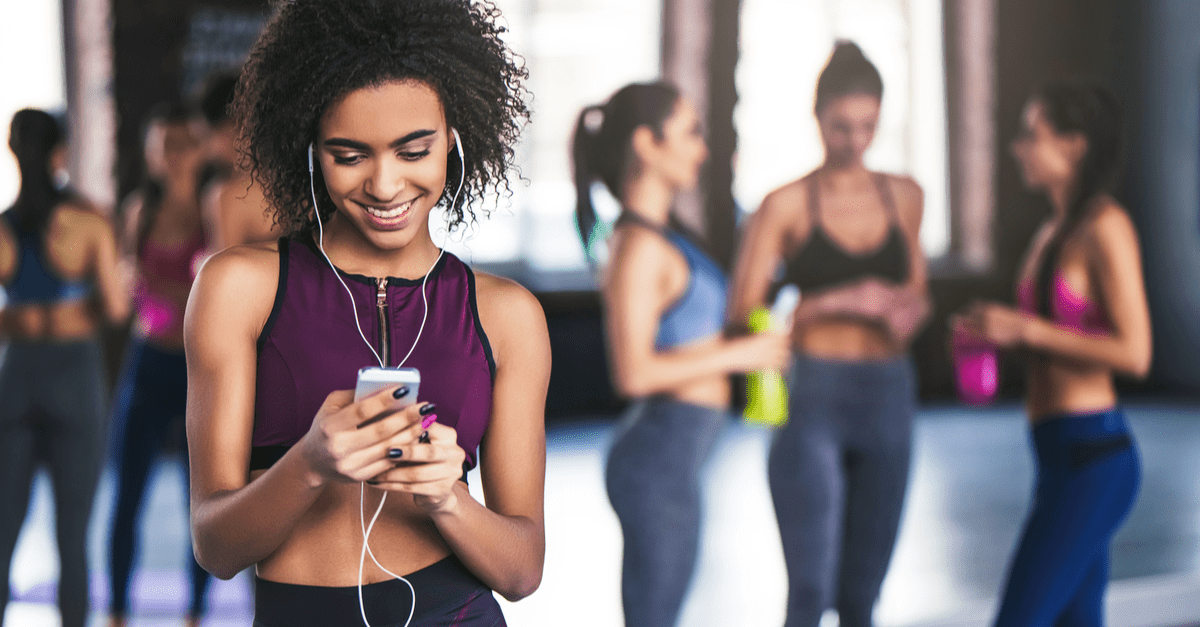5 Steps To Creating A Safe, Healthy Workplace
Whether you work in an industry such as fitness—which promotes one-on-one encounters—or in parks & recreation—which allows for time in the office interpolated with time outdoors—the key steps to fighting against COVID-19 in your workplace are built upon the same foundation.
Health officials across the world have promoted these key elements to promoting cleanliness in your everyday lives, including frequent hand-washing, continuous sanitization of commonly used items, and maintaining at least 2 metres of distance between one another. Professionals have since pivoted in numerous ways to incorporate health and safety practices into their business operations—even where it didn't seem possible.
Using WorkSafeBC's COVID-19 guidelines as a template, we have built a guide to promoting a healthy, safe environment for you, your team, and your customers. These guidelines are specific to British Columbia—where Xplor Recreation is based—so we encourage you to check with your local officials while you are building out new operation plans for your business.

1. Promote physical/social distancing
According to the British Columbia Centre for Disease Control, social distancing means "keeping two meters (six feet) away from one another", and is something we can all do to help stop the spread of the COVID-19 virus. Research has shown that their evidence supports social distancing measures "as a means of reducing transmission and delaying spread," adding that "staggered and cumulative implementation of these interventions may prove most effective. The timing and duration of such measures is critical."
Stagger start and end times
- Implement measures to stagger start and end times if crowding at entry and exit locations means the physical distancing requirement of at least two metres cannot be maintained.
- Alternate or add additional shifts to reduce the risk of exposure and maintain the physical distancing requirement.
- Create single-person access if entry into a constricted area is required.
Promote remote/virtual work wherever possible
- Where possible, employers should consider remote work options for workers who do not require office attendance.
- Avoid meetings or gatherings where physical distances cannot be maintained.
- Consider using larger rooms, moving meetings outside, or having all or some attendees attend virtually.
Set up designated areas in your facility
- Designate doors for entry and exit to prevent workers and others from coming into proximity with one another.
- Consider the layout of equipment to ensure adequate spacing is available to clients. Position equipment at least 2 metres apart with greater distancing for aerobic fitness equipment where high exertion is common (e.g., treadmills, rowing machines, and spin bikes). If equipment cannot be moved and will result in people being within 2 metres from one another, you may erect barriers, such as plexiglass, between pieces of equipment.
- Finally, if there are areas or circumstances under which social distancing can't be practiced, encourage members, students, and anyone else in the building to wear a mask as a precaution. If you wish, you may also ask that anyone who wants to enter your building wear a mask.
2. Self-isolate wherever possible
Self-isolation refers to staying home, as well as avoiding situations where you could come into close contact with others. While self-isolating is an important measure for travellers and people who may be in contact with people who have COVID-19—such as healthcare workers or anyone else in a public-facing role—the principles of self-isolating and how it slows down the rate of infection can be implemented in your business to deter a viral infection.
Change lunch break protocols
- Encourage workers to eat outside or at their desk. As well, require workers to use their own dishes and utensils.
- Restrict eating to a clearly identified and dedicated area where employees can wash their hands, disinfect their dishes, and adequate space to maintain the physical distancing requirement.
- Move tables in lunchrooms, or installing plexiglass dividers at the tables.
Group teams together to avoid transmission
- Consider creating cohorts of workers who work together and who do not interact with other cohorts. This will assist in reducing transmission throughout the workplace in the event that a staff member becomes ill.
- If breaching the physical distancing requirement is unavoidable, plan the work task and provide instructions to workers to ensure that time spent in close proximity is minimized.
- Stagger break times to reduce large gatherings and encourage workers to take breaks at their own desk or outside. Limit or stagger workers entering change areas or rooms with assigned lockers.
Change procedures for communal items/areas
- Allow commonly used doors to remain open throughout the day; prop doors open so people can pass through without touching handles.
- Instruct workers to use their own equipment, such as pens, staplers, headsets, and computers.
- Most of all, make sure that whatever changes you make to the usage of communal areas is clearly communicated to workers.

3. Limit capacity inside the facility
When capacity is limited, people inside the facility have more room to move around and practically distance themselves from others. This measure reduces the difficulty to practice social distancing in high-traffic buildings, and lower the chance of infection. According to WorkSafeBC's website, "The risk of person-to-person transmission is increased the closer you come to other people, the amount of time you spend near them, and the number of people you come near."
Alter meeting/appointment protocols temporarily
- Request that customers do not arrive more than 5 minutes before their appointment and coordinate appointment times to avoid crowding and reduce wait times.
- Inform clients when they book an appointment of your policies restricting people exhibiting symptoms of COVID-19 and people who have come into contact with a person who has tested positive for COVID-19 from the facility. Communicate your illness policy and facility protocols to customers prior to their appointment.
- Clients should be advised that they must cancel an appointment if they develop symptoms after making an appointment. As well, adjust your cancellation policy to allow for customers to cancel or reschedule appointments without penalty should they develop symptoms.
Communicate the occupancy limits of your facility
- Establish and post occupancy limits of each area to ensure the physical distancing requirement can be maintained.
- Place signs near entrances informing customers not to enter the facility if they are exhibiting symptoms. Ensure signage is placed at a location where it is visible, draws attention, and is readable.
- Allow an easy way for clients to ask questions if they have any concerns.
Enforce these limits
- Assign an employee the task of ensuring your facility does not surpass the limit.
- Limit in-person meetings and other gatherings and hold any meetings in larger open spaces.
- Do not allow public access into offices or team-only spaces.
4. Maintain proactive sanitation procedures
Frequent cleaning of surfaces in your home or work place can help prevent the spread of illness—including COVID-19. This includes toilets, sink tap handles, doorknobs, light switches, and tables—which should be cleaned at least daily. Make sure to clean surfaces with soap or detergent before disinfecting. The virus that causes COVID-19 can be broken down by soaps and detergents as well as appropriate disinfectants. Cleaning and disinfecting is a simple, effective, two-step process that is described below.
Keep equipment clean
- Include all equipment in your facility’s cleaning and disinfecting plan. Schedule time between classes to allow for appropriate cleaning and disinfecting. Establish and post clear policies requiring clients to wipe down equipment before and after every use, and provide adequate supplies and garbage bins for disposing used materials.
- Consider keeping all non-stationary equipment in one area to facilitate cleaning and disinfecting in between uses. Station an employee nearby to wipe down equipment after each use before being put back into circulation.
- Encourage customers to bring their own gear for personal use whenever practical to reduce sharing of equipment, including helmets, racquets, goggles, yoga mats and blocks, gloves, weight belts, and shin, wrist or ankle guards.
Promote personal cleanliness
- Make sinks in bathrooms and kitchens more accessible and available for washing hands. As well, place posters showing the proper hand-washing procedures.
- Maintain a frequent sanitization schedule, detailed with the time, date, cleaner and what actions were done on each asset. Create a detailed record of these details, for accountability, and as a record if a case of COVID-19 is tracked back to your facility (hopefully this doesn't end up being the case!)
- Provide hand sanitizer to workers and clients as they enter the building.
Use the strongest cleaning methods
- Use soapy water to wipe away dirt, soils and other debris. Plain dish soap or any kind of household cleaning product will remove dirt, oils and other debris from surfaces.
- Next, use store-bought disinfectants; brands such as Clorox, Lysol, Fantastik, Microban and Zep have specific products that will work against the COVID-19 virus. Please refer to your jurisdiction's guidelines for approved disinfectants before investing into one brand and one type.
- Allow recently cleaned surfaces to dry in between cleanings.
5. Screen visitors to your facility
Even as we slowly expand our social circles to allow more people from outside our households in, a number of precautions should still be taken when it comes to interacting with others. If your team interacts with visitors in person frequently, there are a number of measures you may want to take to keep everyone involved safe.
Change waiting areas protocols
- Waiting areas should be arranged to maintain physical distancing requirement. Install barriers between front desk staff and visitors, and place markings on the floor directing visitors where to stand when approaching the desk.
- Minimize the time visitors have to spend in waiting area before their appointments by asking them to wait in vehicles and text message or call when ready.
- Shorten non-essential in-person interaction between workers and visitors by encouraging virtual meetings, emails, or phone calls.
Reserve the right to keep visitors with symptoms from entering
- When booking appointments, remind visitors to reschedule if they experience symptoms typical of COVID-19 or are placed on self-isolation.
- Keep an updated record of visitors to your workplace. In-person visits to the workplace should be prearranged, staggered, and safety protocols should be communicated before entry into the workplace.
- Post signage at the workplace to inform everyone of the measures in place.
Minimize cross contamination in waiting areas
- Remove non-essential communal items, such as candy, magazines, and complimentary phone chargers. Do not offer refreshments such as coffee, tea, or water at this time.
- Minimize non-essential in-person interaction between workers and visitors (e.g., use of virtual meeting tools, email, or telephone).
- Provide visitor-facing staff with hand sanitizer for their use only.





